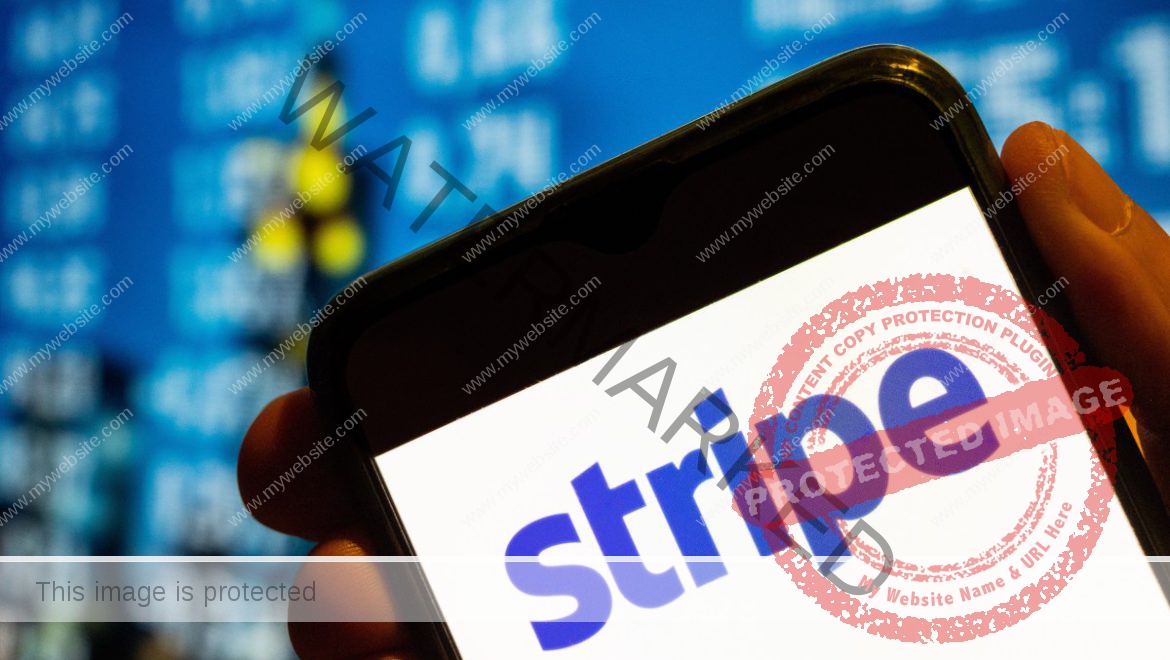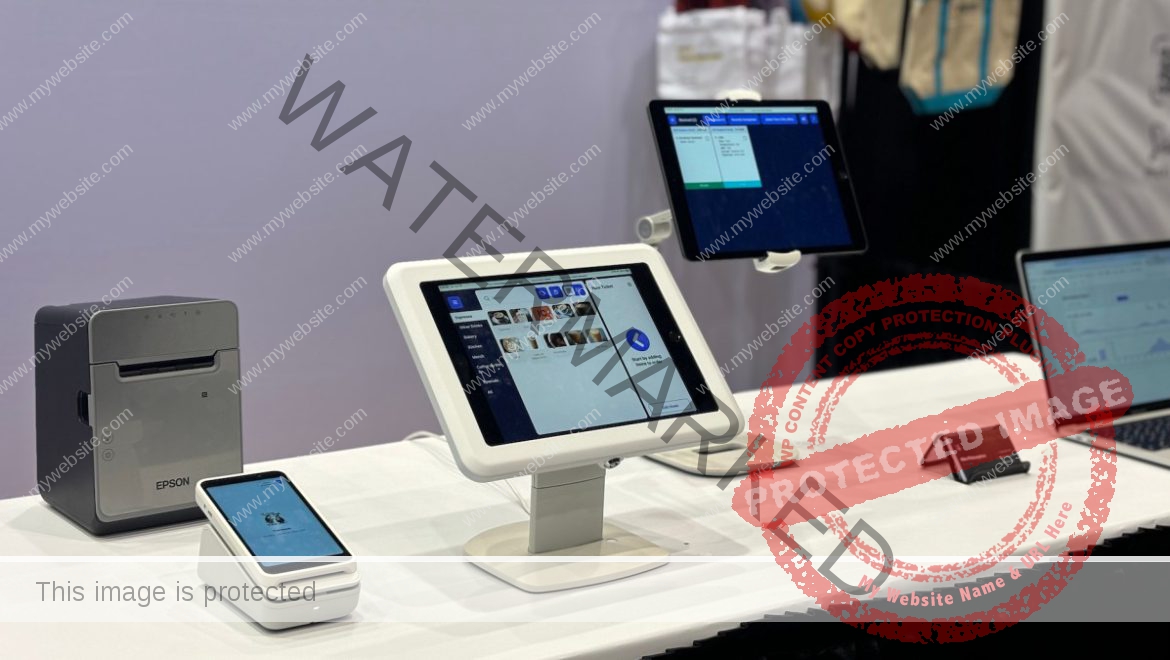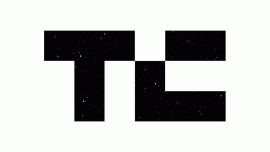AI is supercharging coding — and developers are embracing it.
In a recent StackOverflow poll, 44% of software engineers said that they use AI tools as part of their development processes now and 26% plan to soon. Gartner estimates that over half of organizations are currently piloting or have already deployed AI-driven coding assistants, and that 75% of developers will use coding assistants in some form by 2028.
Ex-Microsoft software developer Igor Ostrovsky believes that soon, there won’t be a developer who doesn’t use AI in their workflows. “Software engineering remains a difficult and all-too-often tedious and frustrating job, particularly at scale,” he told TechCrunch. “AI can improve software quality, team productivity and help restore the joy of programming.”
So Ostrovsky decided to build the AI-powered coding platform that he himself would want to use.
That platform is Augment, and on Wednesday it emerged from stealth with $252 million in funding at a near-unicorn ($977 million) post-money valuation. With investments from former Google CEO Eric Schmidt and VCs including Index Ventures, Sutter Hill Ventures, Lightspeed Venture Partners, Innovation Endeavors and Meritech Capital, Augment aims to shake up the still-nascent market for generative AI coding technologies.
“Most companies are dissatisfied with the programs they produce and consume; software is too often fragile, complex and expensive to maintain with development teams bogged down with long backlogs for feature requests, bug fixes, security patches, integration requests, migrations and upgrades,” Ostrovsky said. “Augment has both the best team and recipe for empowering programmers and their organizations to deliver high-quality software quicker.”
Ostrovsky spent nearly seven years at Microsoft before joining Pure Storage, a startup developing flash data storage hardware and software products, as a founding engineer. While at Microsoft, Ostrovsky worked on components of Midori, a next-generation operating system the company never released but whose concepts have made their way into other Microsoft projects over the last decade.
In 2022, Ostrovsky and Guy Gur-Ari, previously an AI research scientist at Google, teamed up to create Augment’s MVP. To fill out the startup’s executive ranks, Ostrovsky and Gur-Ari brought on Scott Dietzen, ex-CEO of Pure Storage, and Dion Almaer, formerly a Google engineering director and a VP of engineering at Shopify.
Augment remains a strangely hush-hush operation.
In our conversation, Ostrovsky wasn’t willing to say much about the user experience or even the generative AI models driving Augment’s features (whatever they may be) — save that Augment is using fine-tuned “industry-leading” open models of some sort.
He did say how Augment plans to make money: standard software-as-a-service subscriptions. Pricing and other details will be revealed later this year, Ostrovsky added, closer to Augment’s planned GA release.
“Our funding provides many years of runway to continue to build what we believe to be the best team in enterprise AI,” he said. “We’re accelerating product development and building out Augment’s product, engineering and go-to-market functions as the company gears up for rapid growth.”
Rapid growth is perhaps the best shot Augment has at making waves in an increasingly cutthroat industry.
Practically every tech giant offers its own version of an AI coding assistant. Microsoft has GitHub Copilot, which is by far the firmest entrenched with over 1.3 million paying individual and 50,000 enterprise customers as of February. Amazon has AWS’ CodeWhisperer. And Google has Gemini Code Assist, recently rebranded from Duet AI for Developers.
Elsewhere, there’s a torrent of coding assistant startups: Magic, Tabnine, Codegen, Refact, TabbyML, Sweep, Laredo and Cognition (which reportedly just raised $175 million), to name a few. Harness and JetBrains, which developed the Kotlin programming language, recently released their own. So did Sentry (albeit with more of a cybersecurity bent).
Can they all — plus Augment now — do business harmoniously together? It seems unlikely. Eye-watering compute costs alone make the AI coding assistant business a challenging one to maintain. Overruns related to training and serving models forced generative AI coding startup Kite to shut down in December 2022. Even Copilot loses money, to the tune of around $20 to $80 a month per user, according to The Wall Street Journal.
Ostrovsky implies that there’s momentum behind Augment already; he claims that “hundreds” of software developers across “dozens” of companies including payment startup Keeta (which is also Eric Schmidt-backed) are using Augment in early access. But will the uptake sustain? That’s the million-dollar question, indeed.
I also wonder if Augment has made any steps toward solving the technical setbacks plaguing code-generating AI, particularly around vulnerabilities.
An analysis by GitClear, the developer of the code analytics tool of the same name, found that coding assistants are resulting in more mistaken code being pushed to codebases, creating headaches for software maintainers. Security researchers have warned that generative coding tools tools can amplify existing bugs and exploits in projects. And Stanford researchers have found that developers who accept code recommendations from AI assistants tend to produce less secure code.
Then there’s copyright to worry about.
Augment’s models were undoubtedly trained on publicly available data, like all generative AI models — some of which may’ve been copyrighted or under a restrictive license. Some vendors have argued that fair use doctrine shields them from copyright claims while at the same time rolling out tools to mitigate potential infringement. But that hasn’t stopped coders from filing class action lawsuits over what they allege are open licensing and IP violations.
To all this, Ostrovsky says: “Current AI coding assistants don’t adequately understand the programmer’s intent, improve software quality nor facilitate team productivity, and they don’t properly protect intellectual property. Augment’s engineering team boasts deep AI and systems expertise. We’re poised to bring AI coding assistance innovations to developers and software teams.”
Augment, which is based in Palo Alto, has around 50 employees; Ostrovsky expects that number to double by the end of the year.

















